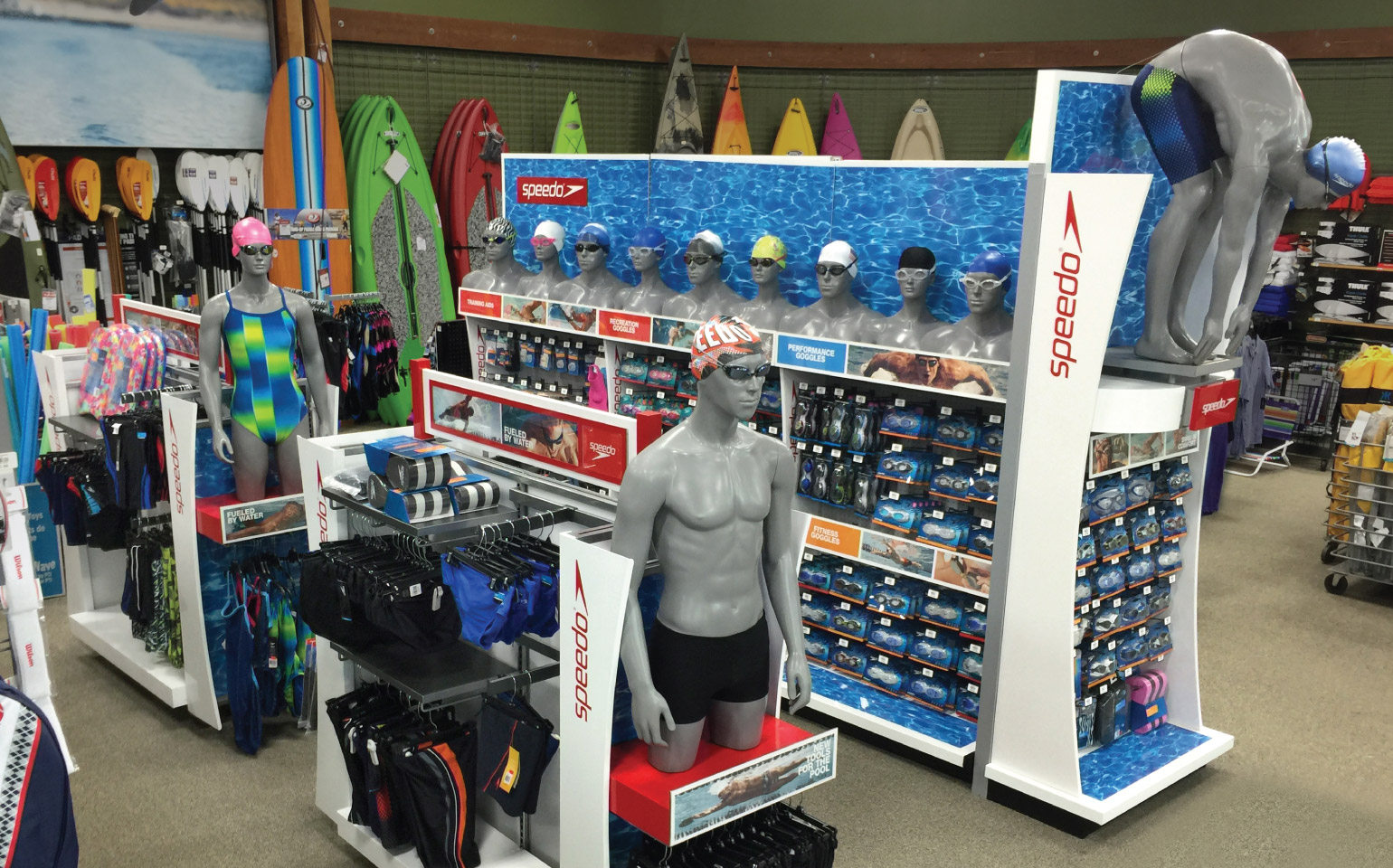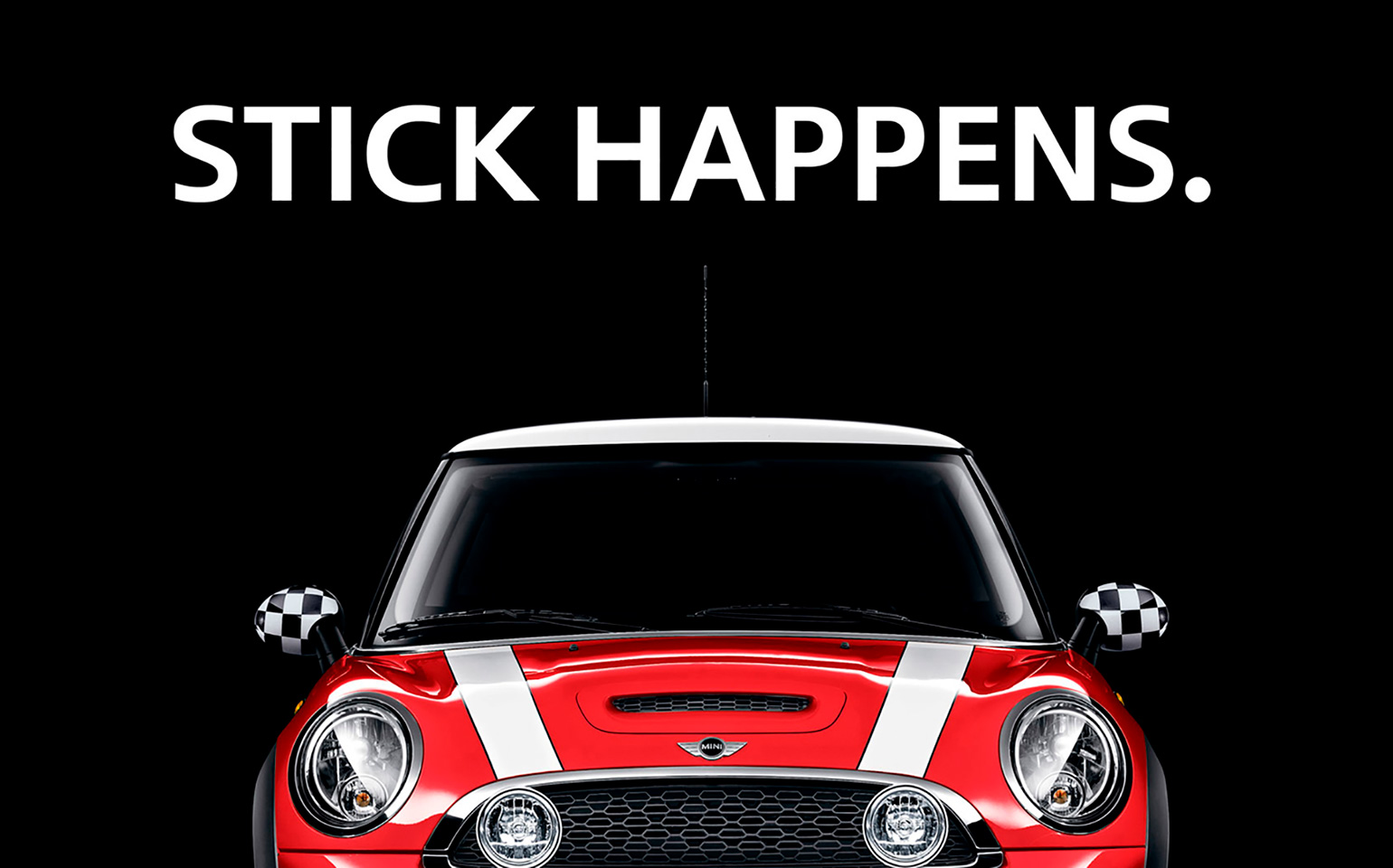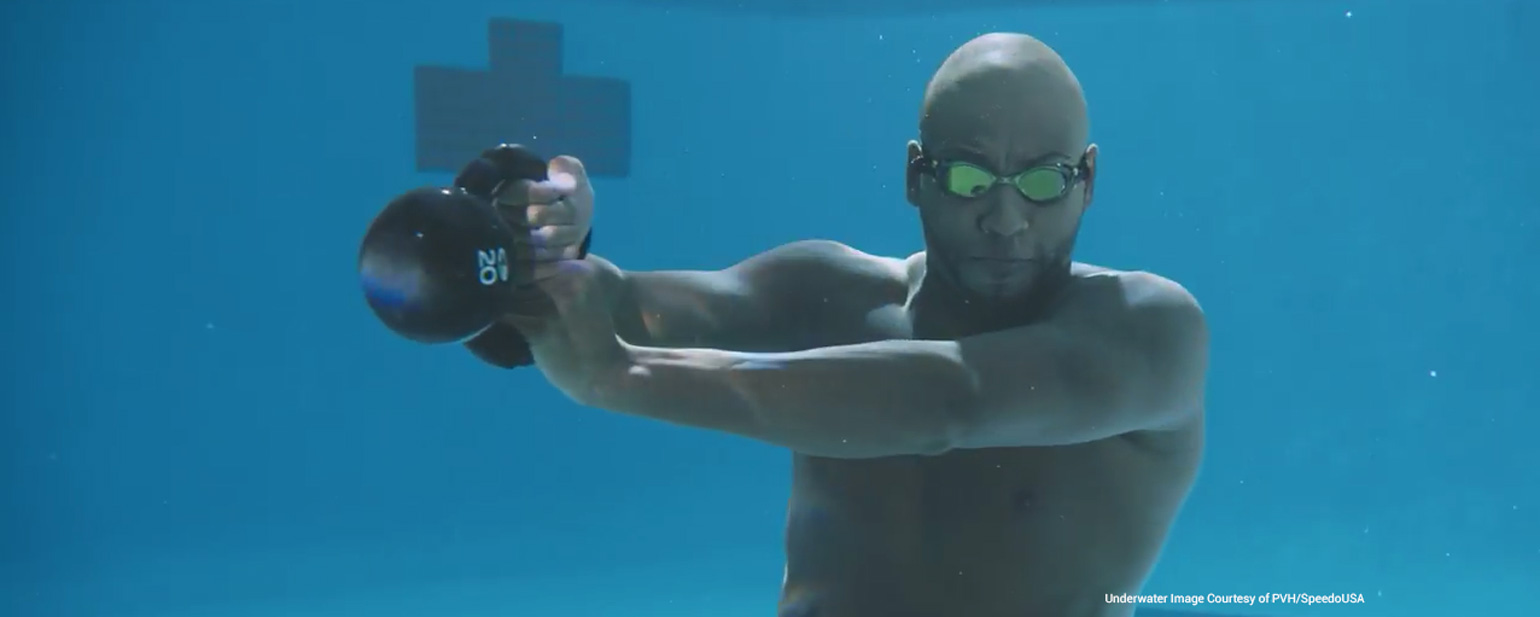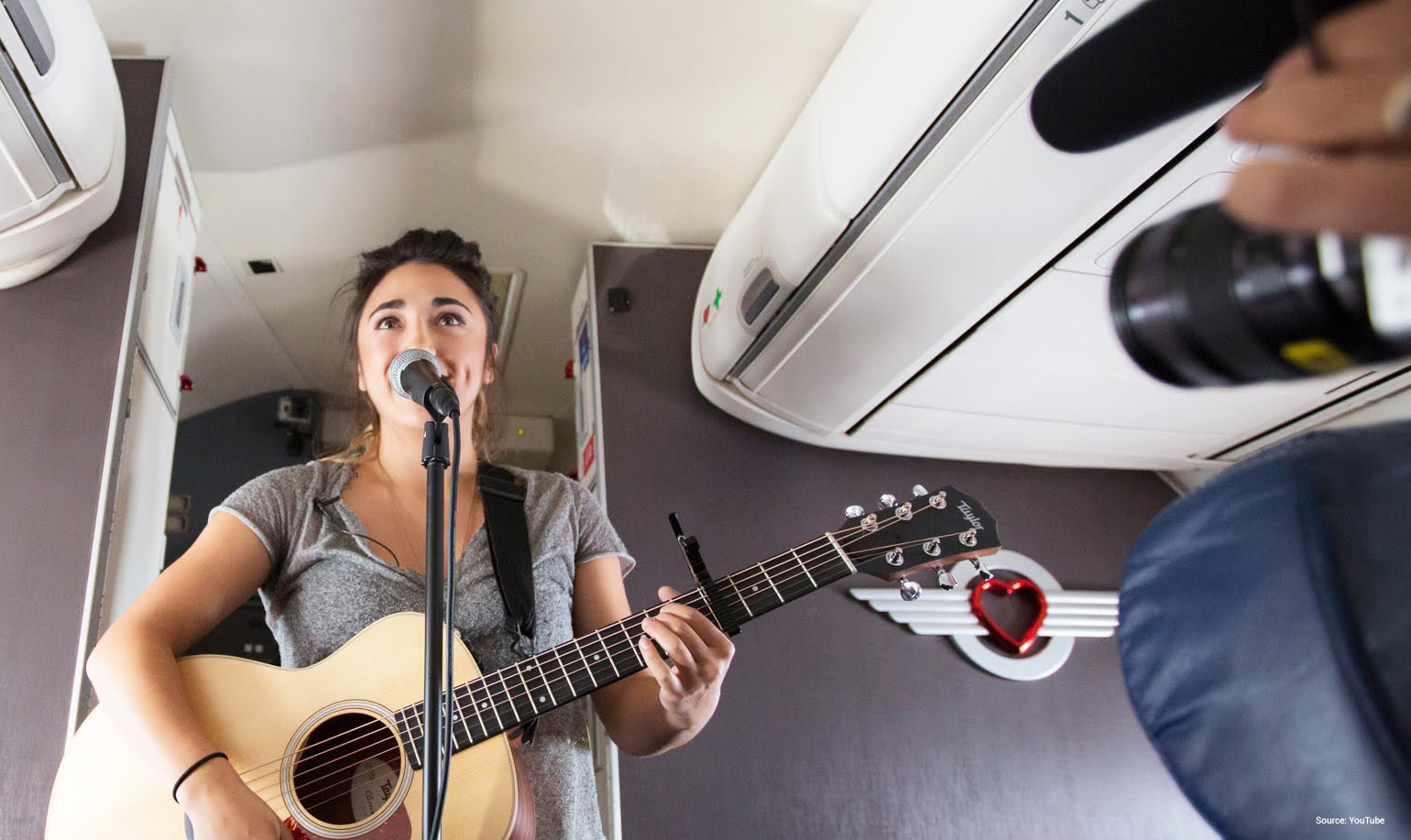Think about all the moments when people take in your brand with their eyes and ears. Online, in store, in a showroom, or through personal interaction. Visual. Verbal. Now ask yourself, are these moments truly supporting your brand’s core values? Is your brand truly reflecting what it is you set out to accomplish? With so many elements at play, the formula must be balanced to achieve the right experience.
The key to a successful brand experience is an internal company awareness of its external image and voice. Consistently auditing your brand’s experience will ensure that it continues to create meaning, value and preference in your customer’s mind.
Brand experience defined: The intentional design of moments that physically, visually, and verbally integrate into people’s lives and their lifestyle, expressing the purpose, promise and pillars of the brand, and triggering an emotional response.
So how do we keep these moments true, fresh and authentic?
The Visual.
Photography. We’ve all heard that, “A picture is worth a thousand words.” Your brand’s visual experience is often a customer’s first impression and is vital to getting its message across. Photography can speak volumes, setting the tone and communicating the brand’s personality, all without uttering a word. It’s a good practice to align your visuals for consistent messaging. Schedule audits on an annual basis to reassess the art direction and styling across web, print collateral, social media, and packaging. As your product offerings evolve, so should your visual experience. Before introducing a new line of products or launching a new initiative, step back and make sure your visual aligns with your physical to effect an emotional bond with the brand.
Typography. No matter how good your photography, at some point you have to speak up. Font choice, arrangement of type, and messaging should all reflect on the tone and personality of the brand—confident, playful, serious, tongue-in-cheek, etc. Take a look at all media outlets. Are the fonts consistently applied? That repetition becomes recognizable to consumers, making it easy for them to identify, understand and relate to the brand. Have you kept the font selections to a minimum? Remember, less is more. Too many fonts, weights and styles risk overpowering the message. It’s not a restaurant menu, it’s your brand. A lot can be said with two well-paired font families. Setting a clear hierarchy will keep your customer engaged.
Color. While photography and type are important, studies have proven that color increases brand recognition by up to 80%.[1] We digest color before anything else. It can make us happy, sad, calm, anxious, hungry and so much more. So it is vital to get it right. Your color palette should align across your brand, from the accents in photography to visual graphics and communication to packaging. If your palette is tight and limited, are you reproducing the color accurately every time? Think about Tiffany’s and how effectively they market the brand with just one strong color. They do this by making sure that color is exactly right no matter the medium or execution. This builds trust in the brand, which results in loyalty and recognition.




